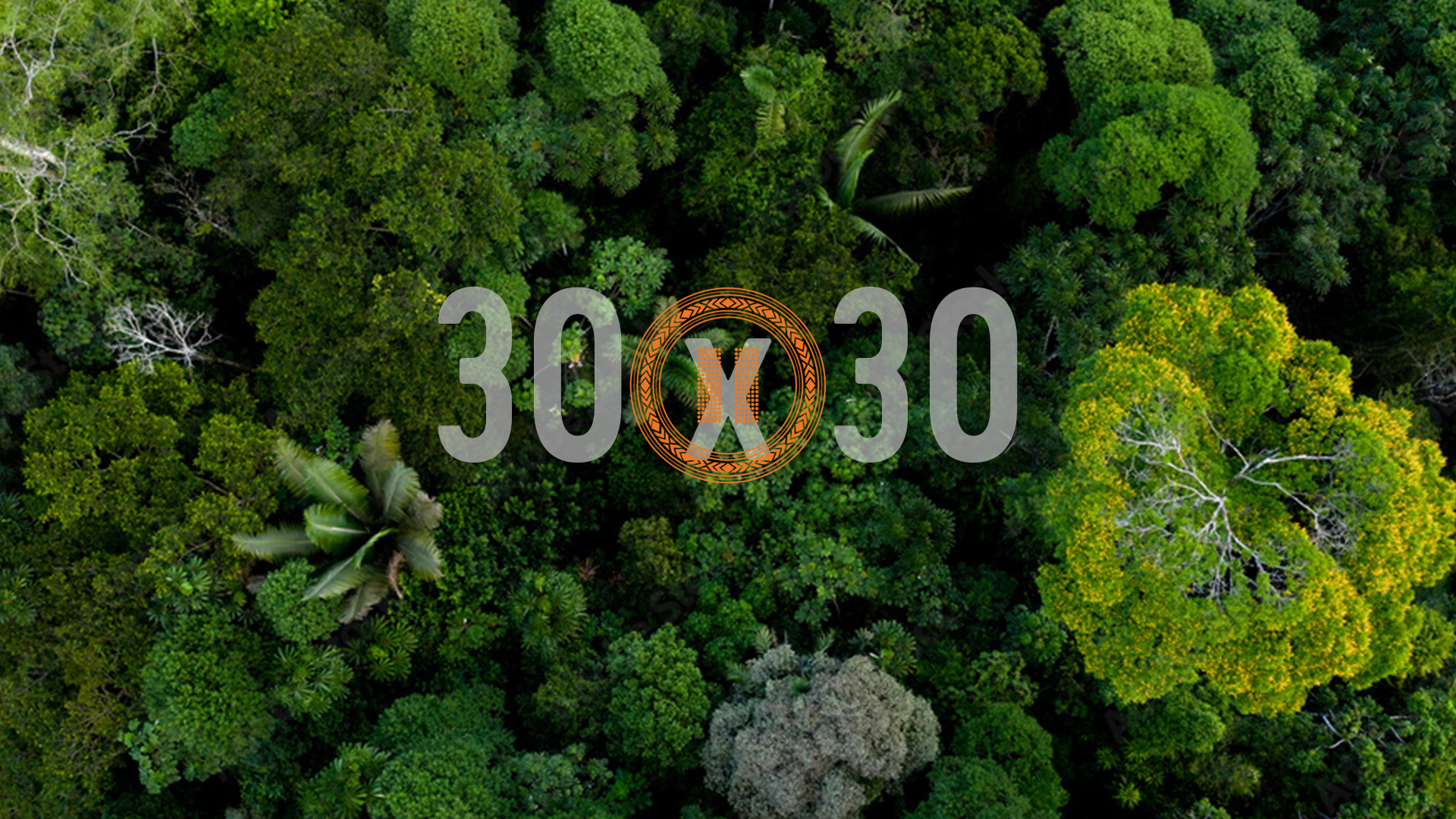
30 by 30: The new green colonial rule
The West’s ambitious initiative to preserve the world’s biodiversity threatens the existence of Indigenous Peoples.
The 30 by 30 Initiative
The 30 by 30 initiative is a global effort to protect 30% of the world's land and ocean by 2030. It aims to address the loss of biodiversity and the decline of ecosystems through large-scale conservation efforts while balancing conservation and development. “Fortress Conservation” is the favored method of conservation by the leading parties of 30 by 30. This threatens to remove Indigenous Peoples from their lands, creating conservation refugees at the most significant scale ever seen in history.
What qualifies as protected land?
This is the essential question that will determine the fate of Indigenous Peoples worldwide.
At the recent Cop15 summit held in Montreal, criteria was set for nations participating in 30 by 30. Although language was included for protecting the rights of Indigenous Peoples, the agreement threatens the survival of Indigenous Peoples by not including “Indigenous Territories” as a recognized classification for conserved areas. Currently, the only classification that will count towards the initiative is land classified as “protected areas.” Traditionally “protected areas” often result in the forced removal of Indigenous Peoples violating their human rights and surival.
The Money
Funders have pledged more than 5 billion dollars for the 30 by 30 initiative over the next ten years. Nine family foundations have committed to the “Protect our Planet Challenge” to “support the creation, expansion, management, and monitoring of protected and conserved areas of land, inland water, and sea.”
This unprecedented investment could have a positive impact. However, only 17% of the funds pledged to Indigenous communities have been received in the past. The remaining funds have been siphoned off by large corporate NGOs who receive large payments for their stewardship of “protected areas.”
A more effective approach to preserving biodiversity would be to fund the stewardship of Indigenous Peoples over their ancestral lands.
The Solution
The solution is simple: recognize Indigenous Territories as an official classification of conserved areas. This classification will allow nations to include lands already under Indigenous protection for achieving their 30% goal.
Studies show that lands under Indigenous protection are more effective in protecting biodiversity than those protected by governments and “protected areas.” By directly funding Indigenous Peoples and recognizing Indigenous Territories as conserved land, we can support the rights of Indigenous Peoples to manage their lands and continue protecting the world’s biodiversity.


